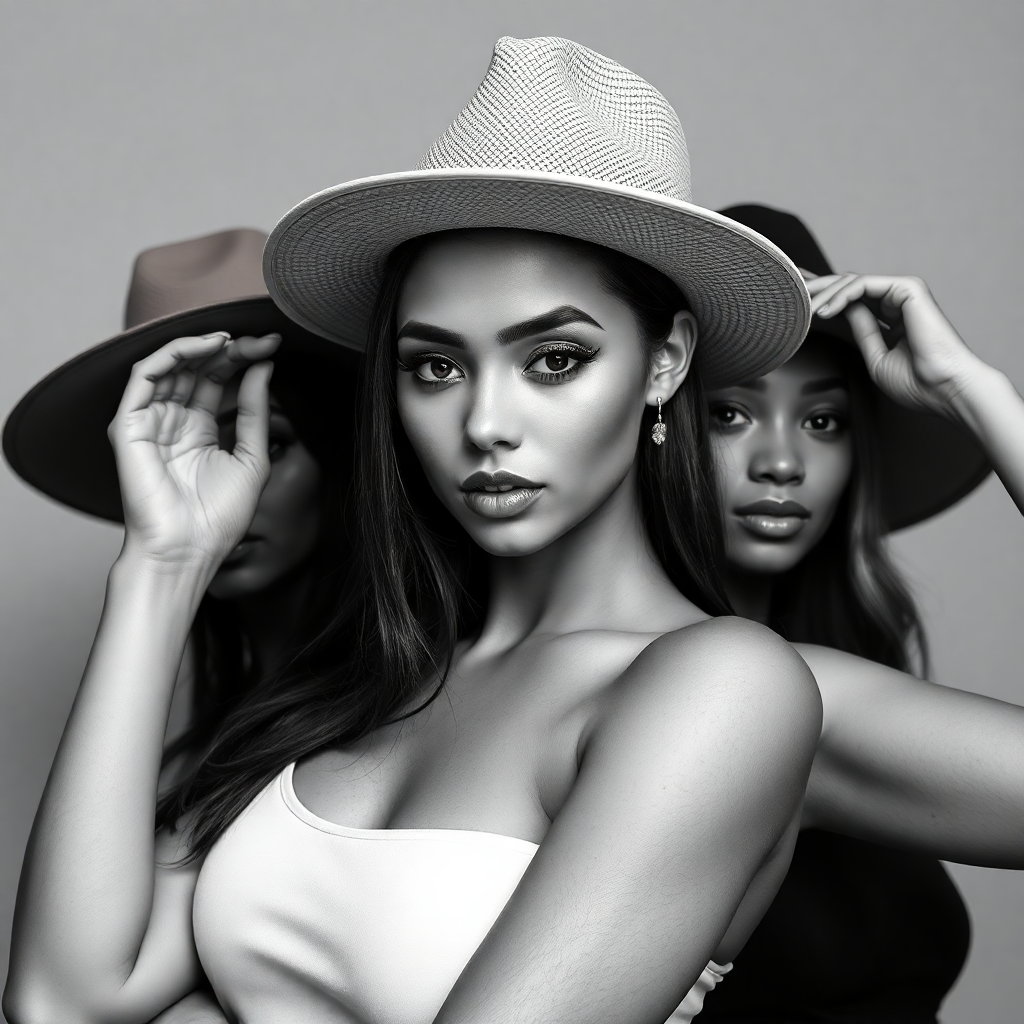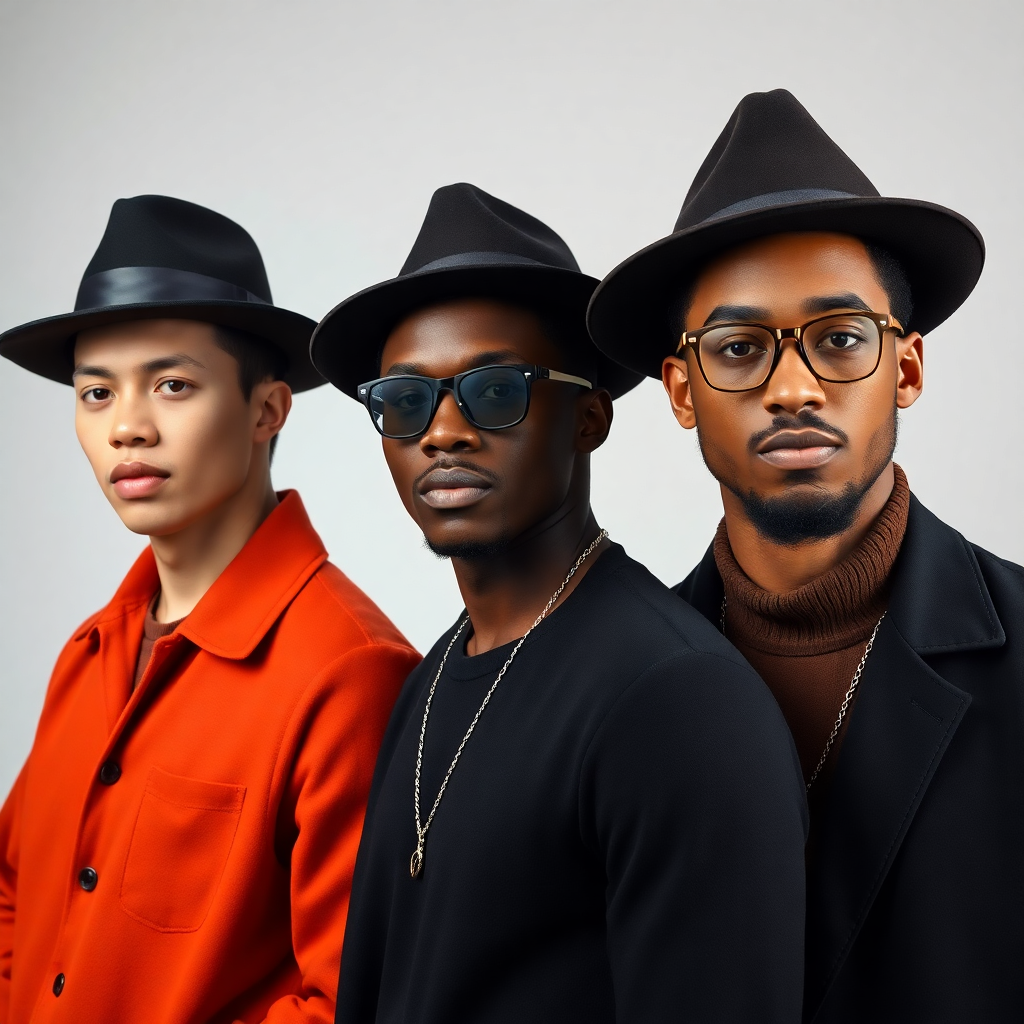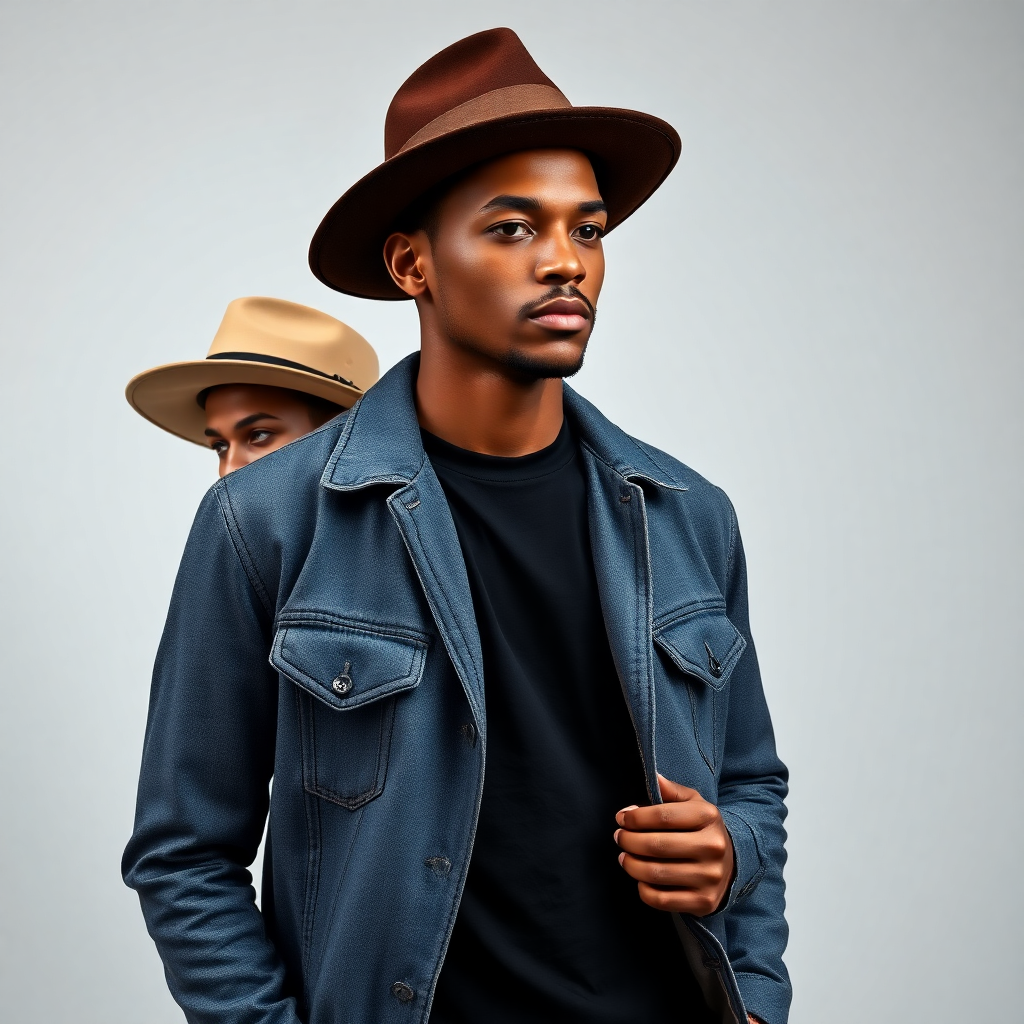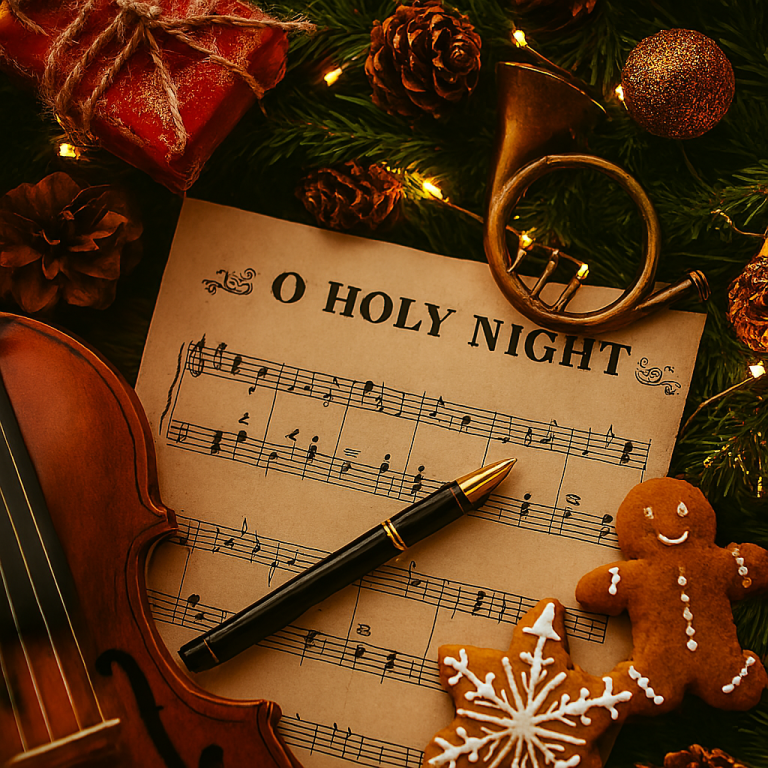
A Hat Fascinating Exploration
The Psychology of Wearing a Hat
A Hat Fascinating Exploration
Hats hold a profound psychological significance, shaping our emotions, identity, and social perceptions.

Creativity and Playfulness
Nurturing a Playful Spirit
Hats often allow wearers to embrace their whimsical side. Think about costume hats during celebrations, such as a Santa hat or a pirate’s hat at themed parties. Wearing these hats fosters joy, creativity, and a sense of fun, making life feel a bit more adventurous.
Encouraging Imagination
For children and adults alike, hats can ignite the imagination. A simple cowboy hat might transport someone into the wild west, while a magician’s top hat might bring to life dreams of mystery and wonder.

Nostalgia and Sentimentality
Revisiting Memories
Certain hats carry deep sentimental value, reminding wearers of cherished memories. Whether it’s a baseball cap from a favorite team or a vintage hat passed down through generations, hats often hold personal stories.
Honoring the Past
Hats can serve as a way to honor traditions or historical periods. Wearing a retro style might connect wearers to a specific era they admire, evoking a sense of nostalgia and appreciation for the past.
Gender Expression and Empowerment
Exploring Gender Identity
Hats have historically been associated with certain gender norms, such as the distinction between men’s and women’s hats. Today, people use hats to challenge these norms, exploring and celebrating gender fluidity and identity.
Empowering the Wearer
By breaking away from stereotypes, wearing a hat can be an act of self-empowerment. Bold choices in hat styles can reflect defiance against societal expectations, affirming individuality.
Psychological Impact of Colors and Styles
Influence of Colors
The color of a hat plays a significant psychological role. Bright and vivid colors often symbolize joy and extroversion, while muted tones might suggest calmness or introspection. A red hat, for instance, might command attention, whereas a soft beige hat exudes subtle elegance.
Shapes and Silhouettes
The style and shape of a hat also affect perception. Wide-brimmed hats are dramatic and elegant, while a small, quirky hat might communicate playfulness. Choosing specific styles can influence how we feel and how others perceive us.

Seasonal and Functional Psychology
Seasonal Transitions
Hats often accompany changing seasons, signaling a new chapter. A cozy beanie in winter brings warmth and comfort, while a straw hat in summer symbolizes relaxation and sunshine. These associations create a psychological rhythm tied to nature.
Practical Meets Emotional
While functional, hats also evoke specific emotions based on their use. A rain hat might signify preparedness and resilience, while a sun hat could evoke thoughts of leisure and escapism.
Hats and Professional Identity
Establishing Authority
In professional settings, certain hats symbolize authority and expertise. For instance, a chef’s hat represents culinary mastery, while a construction helmet signifies safety and capability. Wearing these hats can reinforce confidence and professionalism, shaping how others perceive the wearer.
Bridging Roles and Expectations
Professional hats also help wearers transition between roles. A nurse’s cap, for example, signals care and medical skill, creating a reassuring presence. Such hats serve as visual cues, reinforcing trust and reliability.
Social Status and Power Dynamics
The Role of Prestige
Hats have historically been used to signify social status or power. From royal crowns to military caps, these headpieces convey prestige and influence. Even today, luxury brands produce designer hats that align with notions of exclusivity and affluence.
Balancing Hierarchies
Interestingly, hats can also democratize spaces. A simple baseball cap might equalize social dynamics, making wearers feel approachable and relatable, regardless of their status.

Hats in Art and Media
Symbolism in Storytelling
In art and media, hats often carry symbolic weight. A villain’s dark hat might signify danger, while a hero’s wide-brimmed hat could evoke bravery and charisma. Filmmakers and artists use hats to visually amplify their characters’ identities.
Inspiring Creativity
Hats themselves can serve as muses for creators. Artists, photographers, and writers often use hats as focal points in their work, exploring their aesthetic and emotional impact.

Conclusion
Hats are much more than accessories—they are psychological powerhouses that reflect and shape our identity, emotions, and interactions. From creativity to tradition, from gender expression to emotional influence, the simple act of wearing a hat holds a world of meaning. So next time you pop on a hat, think about the many layers of expression and purpose it carries.
Join the Discussion
Hats are not just accessories—they’re statements, symbols, and even psychological tools. How do you feel when you wear a hat? Do you use it to express your mood, boost your confidence, or connect with your identity?





На данном сайте можно найти последние новости Краснодара.
Здесь собраны главные новости города, обзоры и важные обновления.
Будьте в курсе развития событий и читайте информацию из первых рук.
Если хотите знать, что происходит в Краснодаре, заглядывайте сюда регулярно!
https://rftimes.ru/